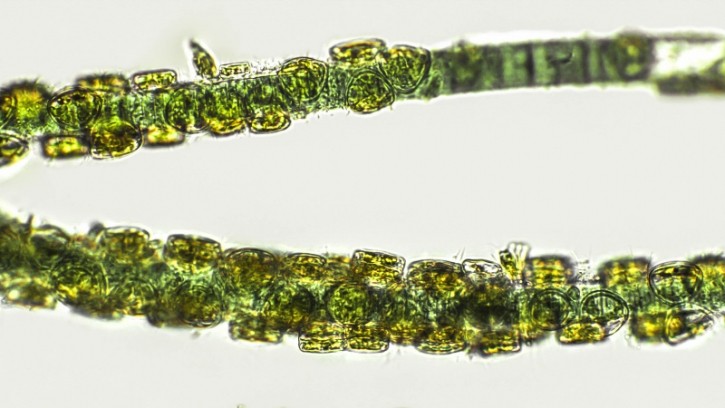Microalgae extracts show potential to be developed into antioxidant and anti-pigmentation ingredients – Japan study

Known as “ashitsuki” in Japanese or “fa cai” in Mandarin, N. verrucosum is a genus of blue-green algae (cyanobacteria). It is usually found in colonies at the bottom of freshwater habitats, attached to rocks, or on tree trunks.
It is also consumed as a food in countries such as China, Indonesia, Peru and Japan.
Previous studies have suggested that polysaccharides isolated from N. verrucosum possess strong antimicrobial and antioxidant properties.
As such, researchers from Tamagawa University in Japan conducted several tests to investigate the antioxidative and anti-melanogenic effects of N. verrucosum extracts.
In this study, wild colonies of N. verrucosum were collected, and used to prepare aqueous (AE), methanol (ME) and hexane (HE) extracts. Subsequently, the effect of these N. verrucosum extracts on melanin synthesis was assessed.
The radical scavenging activity of N. verrucosum extracts was evaluated by performing a 2,2-azino-bis-3-ethylbenzothiazoline-6-sulfonic acid (ABTS) assay.
“The results indicated that all of the extracts — particularly the AE and ME — exhibited radical scavenging capacities, which is indicative of antioxidant activity,” the researchers wrote.
Varying effects on melanin synthesis
Tyrosinase inhibition is a common approach to reduce melanin production and skin pigmentation. To clarify the mechanism underlying the anti-melanogenic effect of N. verrucosum extracts, a tyrosinase activity assay was performed using mushroom tyrosinase.
It was found that the extracts did not inhibit mushroom tyrosinase activity. In fact, the ME and HE slightly enhanced mushroom tyrosinase activity at 12.5 and 25.0µg/mL respectively.
In addition, the impact of N. verrucosum extracts on cell proliferation was assessed using cell-cultured assays.
Based on the results, cell proliferation was not affected by the AE, whereas the ME and HE slowed the rate of cell growth at 20µg/mL and 25µg/mL respectively.
“Furthermore, the melanin content assay showed that the ME and HE significantly inhibited melanin synthesis in B16-F1 melanoma cells. These two extracts also decreased the active form of tyrosinase in melanoma cells. The findings suggested that melanin synthesis was impeded via the downregulation of tyrosinase expression.
“Through this study, we established a steady cultivation system for N. verrucosum. However, we believe that additional research on improving the system is required to enhance the beneficial effects of N. verrucosum and further identify compounds with anti-melanogenic and antioxidative properties,” the researchers concluded.
Source: Cosmetics
https://doi.org/10.3390/cosmetics10010030
“Anti-Melanogenic and Anti-Oxidative Effects of Nostoc verrucosum (ashitsuki) Extracts”
Authors: Kazuomi Sato, et al





![Chinese study highlights mental health challenges in atopic dermatitis, emphasising holistic patient care. [Getty Images]](https://www.cosmeticsdesign-europe.com/var/wrbm_gb_food_pharma/storage/images/_aliases/wrbm_tiny/publications/cosmetics/cosmeticsdesign-asia.com/headlines/formulation-science/chinese-research-linking-atopic-dermatitis-to-mental-health-underscores-need-for-holistic-care/17040623-1-eng-GB/Chinese-research-linking-atopic-dermatitis-to-mental-health-underscores-need-for-holistic-care.jpg)





